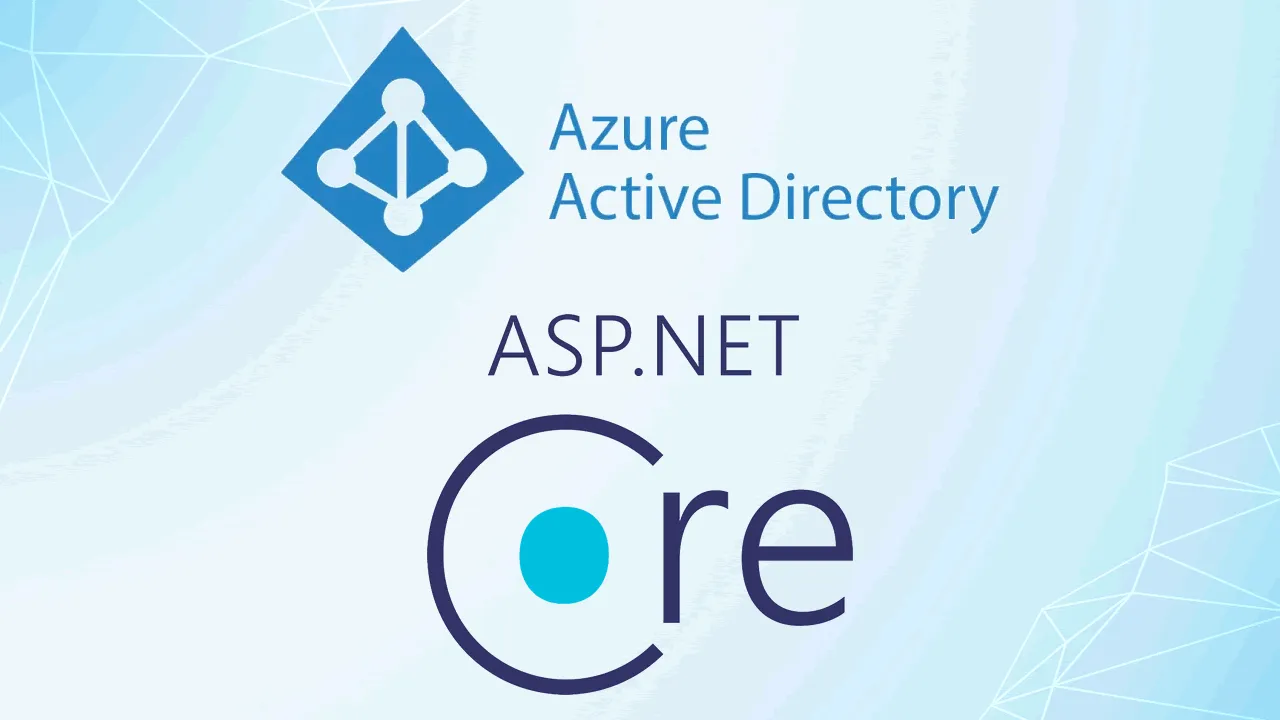The article shows how an ASP.NET Core application could implement a sign in and a sign out with two different Azure App registrations which could also be implemented using separate identity providers (tenants). The user of the application can decide to authenticate against either one of the Azure AD clients. The clients can also be deployed on separate Azure Active directories. Separate authentication schemes are used for both of the clients. Each client requires a scheme for the Open ID Connect sign in and the cookie session. The Azure AD client authentication is implemented using Microsoft.Identity.Web.
Code: https://github.com/damienbod/AspNetCore6Experiments
The clients are setup to use a non default Open ID Connect scheme and also a non default cookie scheme. After a successful authentication, the OnTokenValidated event is used to sign into the default cookie scheme using the claims principal returned from the Azure AD client. “t1” is used for the Open ID Connect scheme and “cookiet1” is used for the second scheme. No default schemes are defined. The second Azure App Registration client configuration is setup in the same way.
#azure #azurea ad #dotnet #aspdotnet core #dotnet core
